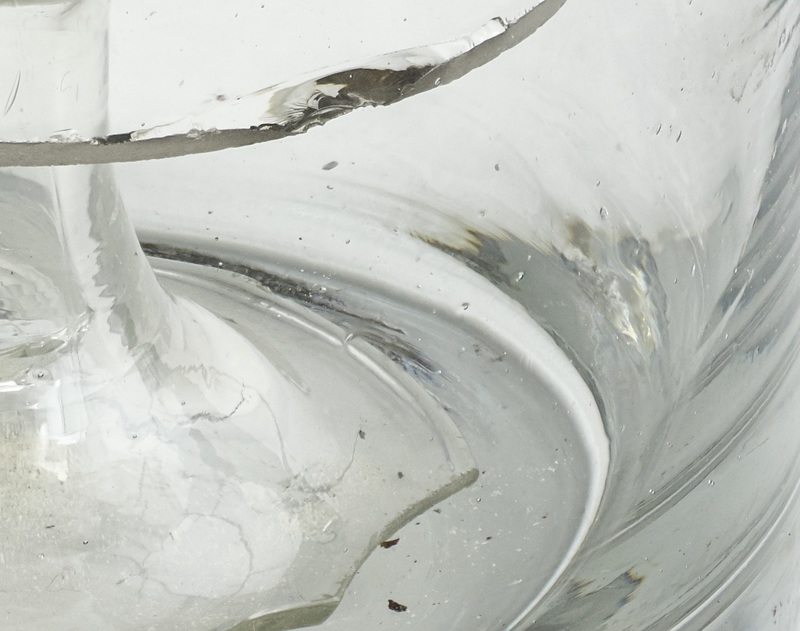Characteristics of glass
But what is glass, and what are its special characteristics?
Glass essentially consists of sand, soda, and lime. It is one of the inorganic, non-metallic materials whose transparency and gloss are often its extraordinary properties. Mechanically speaking, glass is brittle-elastic and thus breaks quickly when overstretched. Structurally, however, it is a liquid. Even after the viscous mass forms and cools, it remains a ‘frozen’ liquid whose condition is not stable. This poses special conservation challenges for collections and museums. Glass is suitable for optical lenses, everyday objects, art objects, all the way to fiber optic cables. Its chemical resistance to liquids makes it an ideal container and laboratory device.[1]
Glass is an extraordinary material – as is its sound, which cannot be rapidly set into vibration. We often read that the glass harmonica, for example, is not equally useful for all music. Pieces with relatively long tones are suggested as more suitable. Due to the special sound qualities of the glass harmonica, compositions featuring it often alternate its passages with those of other instruments.
[1] Helmut A. Schaeffer/Roland Langfeld/Margareta Benz-Zauner (Eds.): Glastechnik. Werkstoff Glas, München: Deutsches Museum 2012, pp. 13, 21–22.
Citation: Rebecca Wolf, ‘Glass sounds or the fascination of transparency’, in: Materiality of Musical Instruments. A Virtual Exhibition.


